Your cart is currently empty!
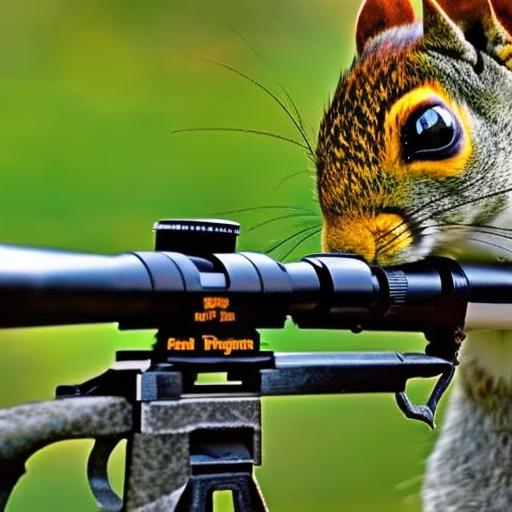
5 Shocking Mistakes Everyone Makes in Squirrel Hunting with Air Rifle!

Table of Contents
Introduction
I’ve spent years nestled in woodland hideouts and perched atop secluded tree stands, all in the name of the beloved sport: squirrel hunting with air rifle. Over time, I’ve seen rookies and even a few old-timers make some all-too-common mistakes. Whether you’re just starting out or have been at it for years, let’s chat about a few pitfalls and how to sidestep them, shall we?
Before we get into the 5 common mistakes, as diligent hunters we need to understand our quarry. If we don’t know the aspects of our targets how can we successfully hunt for them?
Anyone who’s spent time outdoors, especially us hunters, has a tale or two about these lively creatures. Let’s delve a bit deeper into the world of squirrels, shall we?
Habitat: Squirrels are versatile when it comes to choosing a home. Depending on the species, they might set up shop in tree branches, ground burrows, or even the cozy attic of an unsuspecting homeowner (much to their chagrin). In forests, they’re pretty skilled real estate agents, often selecting prime spots like tree hollows. These natural cavities not only shield them from predators but also give them a cozy spot to ride out the winter chill. Urban squirrels, on the other hand, have adapted quite well to city life. Don’t be surprised if you find them nesting in park trees or scampering alongside jogging trails.
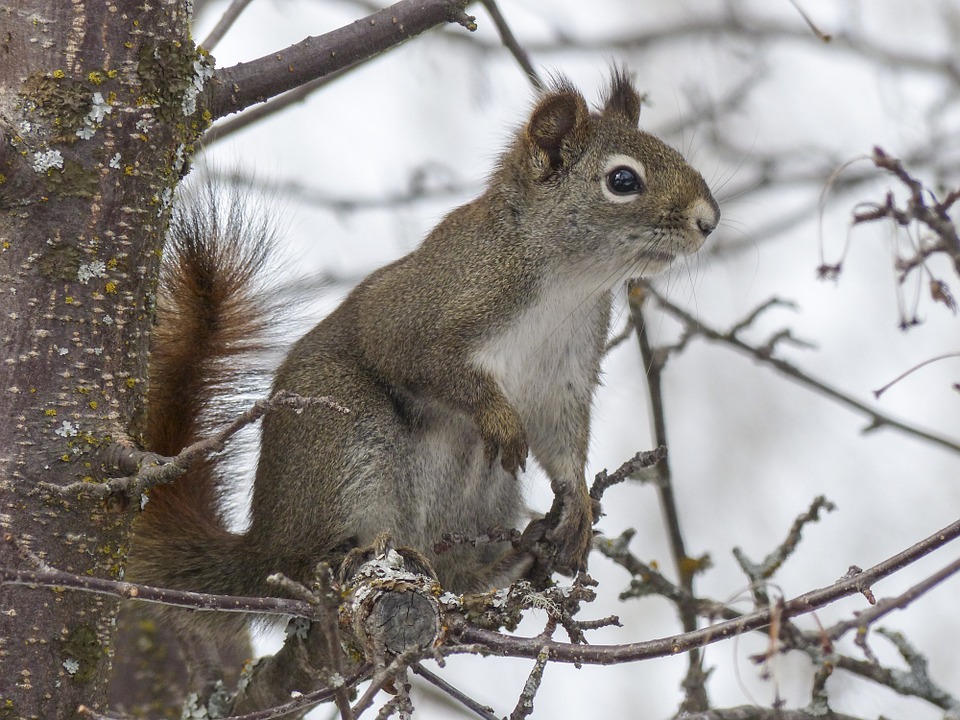
Diet: Over the years, I’ve watched squirrels munch on a wide variety of foods, and trust me, they aren’t fussy eaters. Their diet primarily consists of plant material. Acorns, nuts, berries, and seeds? They’re all on the menu. If you’ve ever had a garden, you’ve probably had a run-in with a squirrel sneaking a bite of your tomatoes or corn. But they aren’t strictly herbivores. These opportunists might also snack on the occasional insect or even small birds if the opportunity arises. Remember that time we saw one munching on a grub during a hunting trip? Nature is full of surprises.
Habits: Squirrels are most active during the early and late hours of the day. Dawn and dusk are their prime times for foraging and frolicking. If you’re out in the woods or even in your backyard during these times, you’re in for a show. These critters dash up and down trees, leap from one branch to another, and bury nuts like there’s no tomorrow. Speaking of which, this nut-burying habit is fascinating. It’s a way they prepare for leaner times, storing food for winter months. And here’s a fun fact: Sometimes, they forget where they buried their stash, leading to the sprouting of new trees. Nature’s little gardeners, aren’t they?
However, it’s not all play for them. Their days also involve keeping an eye out for predators. From hawks swooping down from the skies to sneaky foxes on the prowl, a squirrel’s life is filled with adventure and danger. That’s why they’ve developed sharp senses and lightning-fast reflexes. One rustle in the bushes and – whoosh – they’re up a tree in the blink of an eye.
Distribution in the United States: If you think you can go somewhere in the U.S. and not spot a squirrel, think again. From the eastern gray squirrel that frequents the East Coast to the fox squirrel found in most parts of the country, these creatures are everywhere. The West Coast folks might be familiar with the western gray squirrel, which is, as the name suggests, a western variant. Down in the South? Watch out for the southern flying squirrel, which, by the way, doesn’t really ‘fly’ but glides gracefully between trees. A sight to behold, I must say.
Over the decades of my hunting career, I’ve crossed paths with squirrels more times than I can count. While they aren’t always the primary target, their presence adds a lively touch to the surroundings. Whether it’s the cheeky chap stealing birdseed from your feeder or the watchful sentry sounding the alarm in the woods, squirrels are an integral part of America’s wildlife tapestry. Now that we have that out of the way, lets continue with the 5 common mistakes people make when hunting for squirrel with air rifles.
1. Overlooking the Importance of Rifle Calibration
When I first dipped my toes into the realm of squirrel hunting with an air rifle, I thought, “It’s just an air gun, how complicated can it be?” Boy, was I wrong! The first time I aimed at a squirrel, confident of my shot, I ended up hitting a branch a few inches off. Lesson learned? Calibration is key.
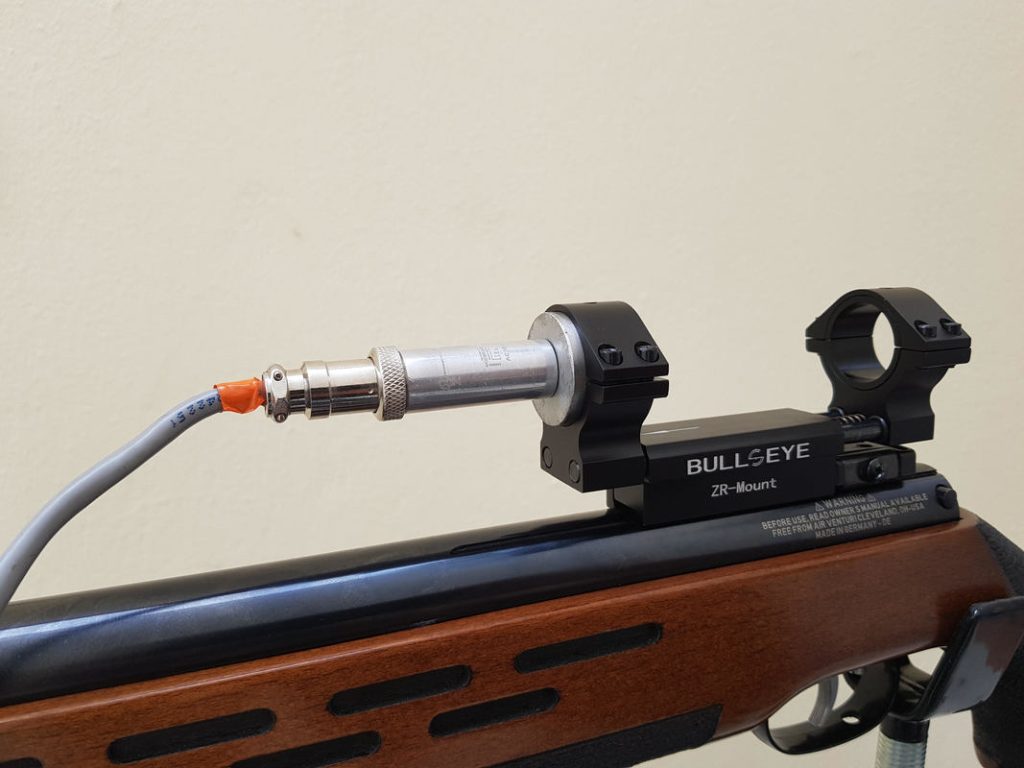
An air rifle, contrary to some beliefs, isn’t a ‘point and shoot’ affair. It requires meticulous calibration. If you don’t calibrate, you’re setting yourself up for missed targets, or even worse, wounding the animal instead of a humane kill.
Remember that day in the woods when the wind was just a gentle whisper, and the squirrel seemed close enough? You might think conditions are perfect, but a miscalibrated rifle will tell a different story. Always make calibration a regular part of your hunting routine. Trust me; it makes a world of difference.
2. Ignoring the Behavioral Patterns of Squirrels
One sunny afternoon, while enjoying a squirrel hunting session with my air rifle, a fellow hunter quizzed me on my ‘waiting game. “Why sit around when you can just find and shoot?” he asked. But here’s the thing: understanding and observing squirrel behavior is essential.
Squirrels, like any creature, have their routines. They forage, they play, they communicate. If you’re not observant, you’ll either scare them off or entirely miss your opportunity. I’ve seen hunters misinterpret a squirrel’s warning thump as just playful behavior, only to be left wondering where all the squirrels disappeared to.
Get familiar with their feeding times, their patterns, and even their sounds. It’s like getting to know a new friend, only this one is a bit more elusive.
3. Inadequate Camouflage and Movement Control
Picture this: You’re in the woods, your rifle is calibrated, you’ve observed the squirrel’s patterns, and just when you’re about to take the shot – it darts away. The culprit? That neon green cap you thought was a fashion statement.
In the world of squirrel hunting with an air rifle, blending in is not just about looking cool in camo. It’s about becoming a part of the environment. Every rustle, every shadow can be a giveaway.
I learned this the hard way during my early hunting days when a squirrel literally threw a nut at me from a tree. Was it hilarious? Yes. Did it ruin my shot? Absolutely. Choose the right camouflage for the terrain you’re in, and remember, sudden movements are a big no-no. You’re in their house, after all.
4. Neglecting Safety Protocols
“Oh, it’s just an air rifle. What harm can it do?” Ever heard that before? I certainly have, and let me tell you, such oversights aren’t just dangerous; they can be fatal.
An air rifle, though less intimidating than larger firearms, can still cause severe injuries. I’ve been on a few hunts where, in the excitement of the chase, safety glasses were forgotten, and rifles were left loaded. Let’s just say, a close friend of mine still talks about the day a stray pellet nearly took his ear off.
Always wear protective gear, handle your gun with care, and remember: a loaded gun, even if it’s ‘just’ an air rifle, is still a loaded gun. Safety should be a priority, not an afterthought.
5. Overestimating Range and Misjudging Angles
During one of my early squirrel hunting expeditions with an air rifle, I spotted a squirrel about 50 yards away. Ambitiously, I took aim, convinced I’d hit the mark. Spoiler alert: I didn’t.
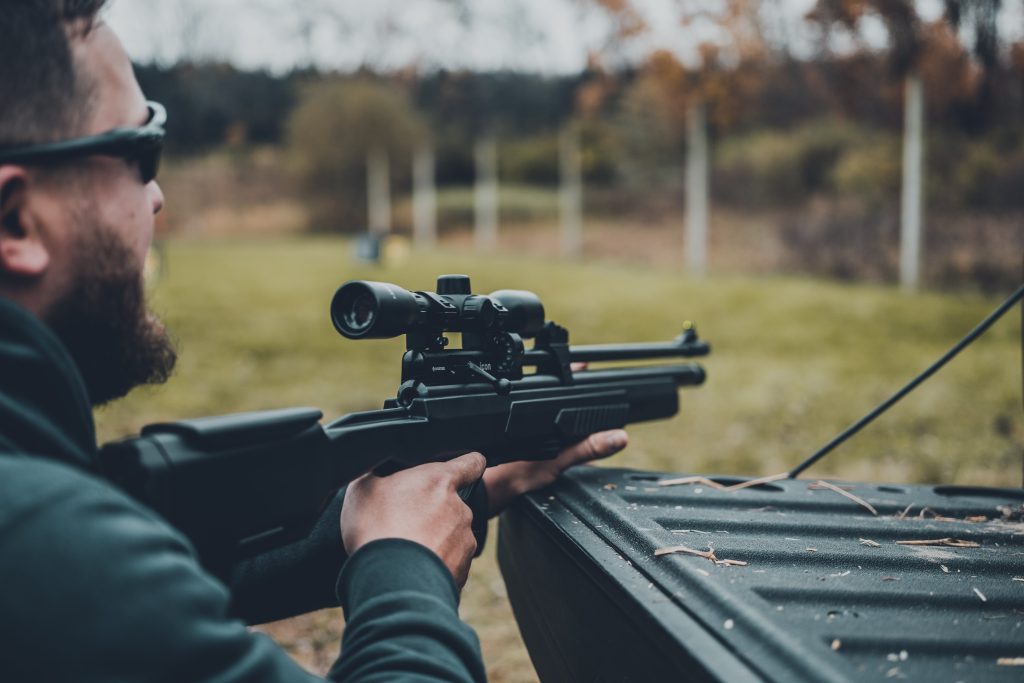
Air rifles, unlike other firearms, have their quirks. The pellet trajectory, the angle of your shot, and the distance all play a role. When hunters overestimate their gun’s range or misjudge an angle, it often results in missed shots or injured animals.
You don’t want to be the person bragging about a shot only to realize you were way off the mark. Practice from various angles, understand your rifle’s range, and always aim for a humane kill.
Related Questions
Why is squirrel hunting popular among air rifle enthusiasts?
Hunting squirrels with air rifles presents a unique challenge that many hunters relish. It blends skill, patience, and understanding of both the equipment and the quarry.
What are the ethical considerations when hunting squirrels?
Always aim for a clean, humane kill. It’s not just about sport but respecting nature.
How often should an air rifle be serviced or calibrated?
Regular servicing and calibration, especially after prolonged use, ensure optimal performance.
What’s the ideal pellet type for squirrel hunting?
Heavier pellets, like the .22, are often preferred for a quick, humane kill.
Summary
Ah, the joys and challenges of squirrel hunting with an air rifle! From my early days of learning the ropes to now, where I share my experiences with you, it’s been quite a journey. Remember, calibration is crucial, understanding squirrel behavior can be your secret weapon, blending into the environment is more than just wearing camo, safety is paramount, and knowing your rifle’s range is key. Embrace the journey, learn from every trip, and here’s to many successful hunts ahead!

Herb has been a longtime lover of the outdoors. Whether it be hunting, camping, fishing or just getting outside to reset. Proud father and animal lover. Bourbon anyone?

by
Tags:
Comments

Categories
- Big Game Hunting (301)
- Deer (202)
- Reviews (3)
- Shooting (16)
- Slingshot (1)
- Small Game Hunting (42)
- Upland Hunting (126)
- Waterfowl Hunting (3)

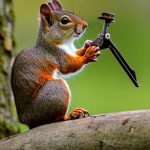
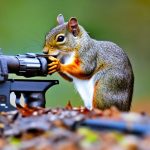


Leave a Reply